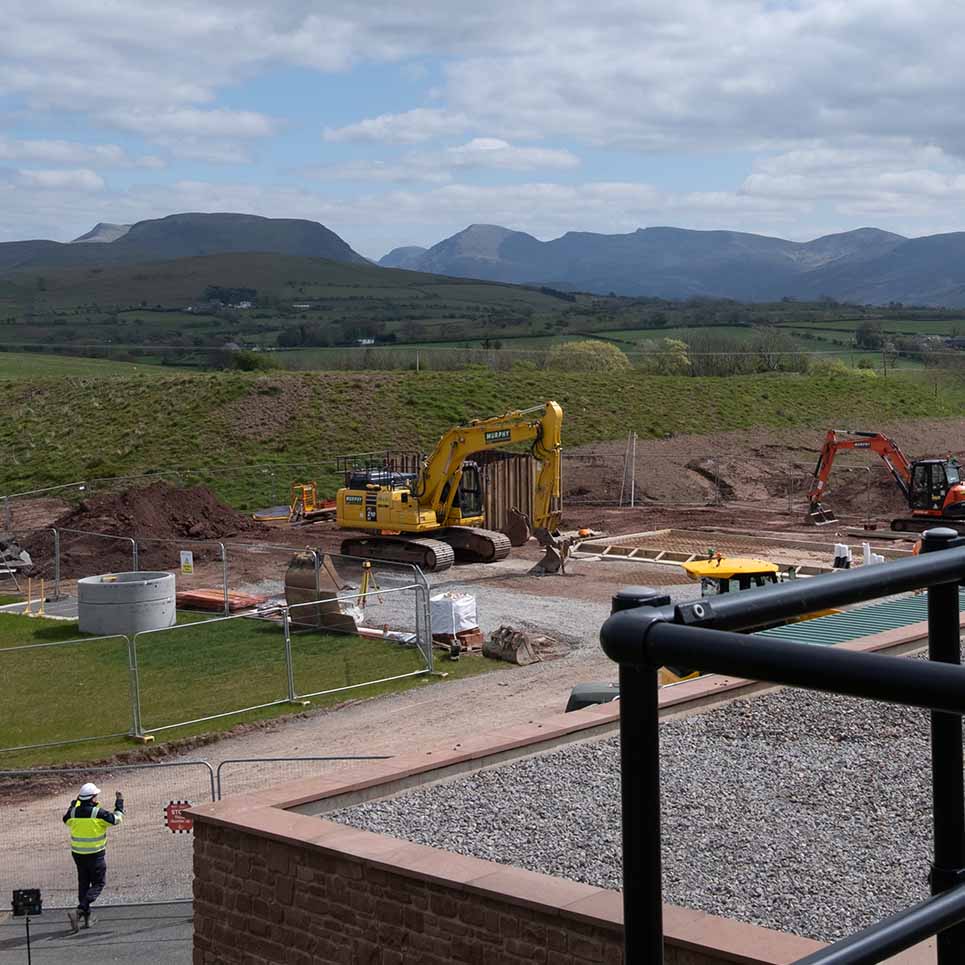We use cookies to analyse site traffic and improve your experience on our website. To read more see our cookie policy.


In 2022, we will stop abstracting water from Ennerdale Water and the River Ehen in West Cumbria to avoid the risk of damage to the protected species that rely on these water bodies. To achieve this, we’re linking West Cumbria to our regional water network by building a major new pipeline from Thirlmere.
Community involvement and stakeholder engagement have been at the heart of the strategy for West Cumbria. This is the single biggest project to go through the Lake District National Park in recent times and required a sector-leading approach to stakeholder management to ensure a success.
Engagement with stakeholders began in 2013, allowing parties to come together and collaboratively formulate the plan. Core to our stakeholder approach was a planning performance agreement funded by us and created in conjunction with Natural England, the Environment Agency, the three local planning authorities, and Cumbria County Council. We submitted a planning application in January 2016 and in November 2016, four months ahead of schedule, all three local planning authorities voted unanimously to grant full planning permission.
We believe that this engagement, alongside community and woodland funds totalling over £1 million, will leave a lasting legacy long after the pipeline is finished, benefiting people and communities across Cumbria for years to come.
We were clear from the outset that local communities and stakeholders would be encouraged to have their say on any plans, creating opportunities for communities to give their views. It was key that during planning and construction our stakeholders were on the journey with us and could raise concerns easily. Engagement took many forms, from individual meetings to workshop events, as well as formal consultation and attendance at community events such as agricultural shows.
COVID-19 led to an urgent review of our engagement, as traditional face-to-face exhibitions could not take place. We developed a hybrid engagement plan unique to Cumbria, accounting for the geography and technology challenges across the county. A virtual consultation was developed alongside webinars with real-time, live chat functionality that proved a huge success. As lockdown eased, the virtual sessions were supplemented with a return to face-to-face meetings. The hybrid approach resulted in better overall engagement and will be considered on all future large projects.
As the project approaches completion, and we return the land back to how we found it, engagement continues. By the time the project is complete we will have attended over 150 parish council meetings and held 50 public exhibitions. Continuous engagement has helped minimise the impact that construction inevitably brings to local communities. We believe that this engagement, alongside community and woodland funds totalling over £1 million, will leave a lasting legacy long after the pipeline is finished, benefiting people and communities across Cumbria for years to come.
Delivering value for: